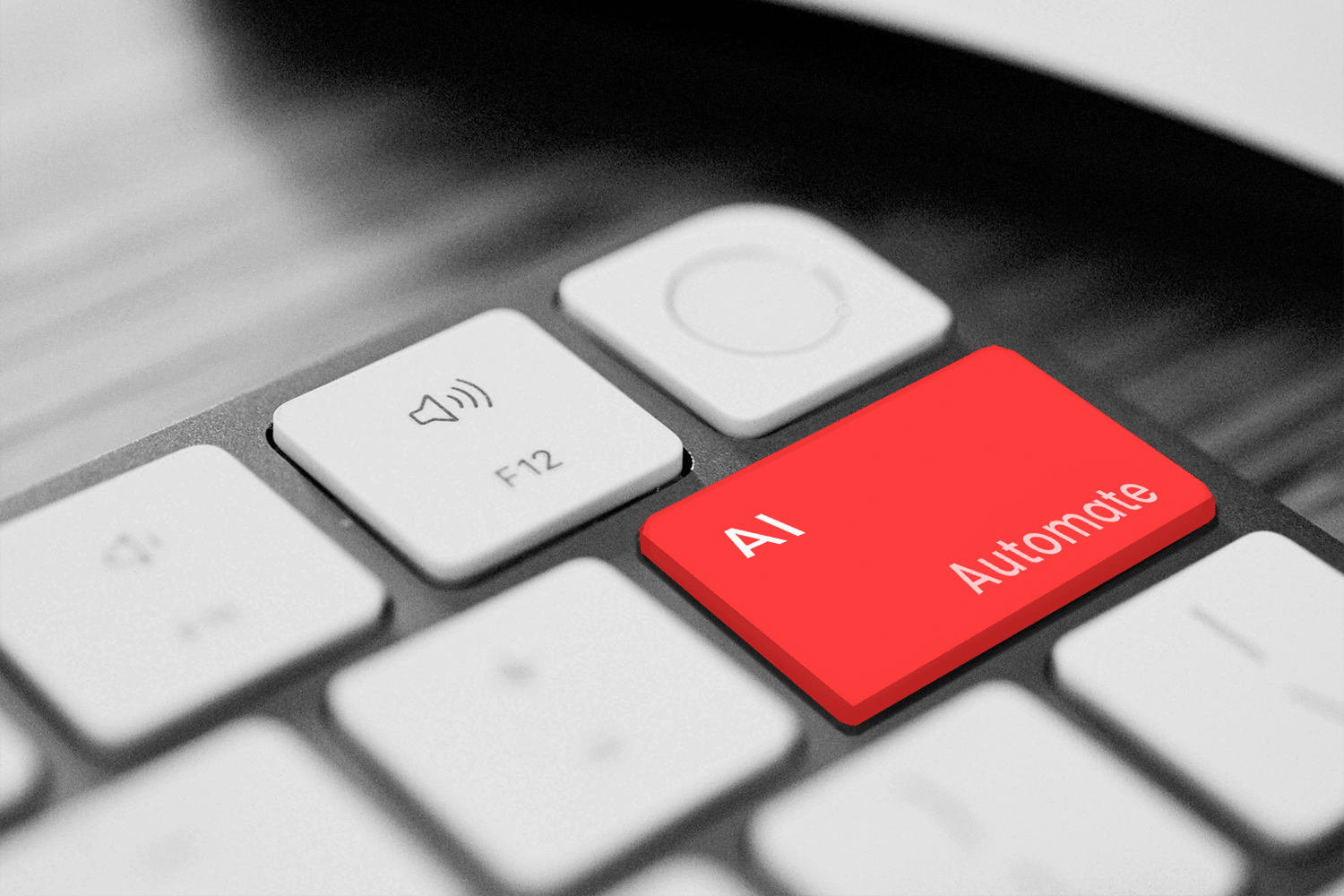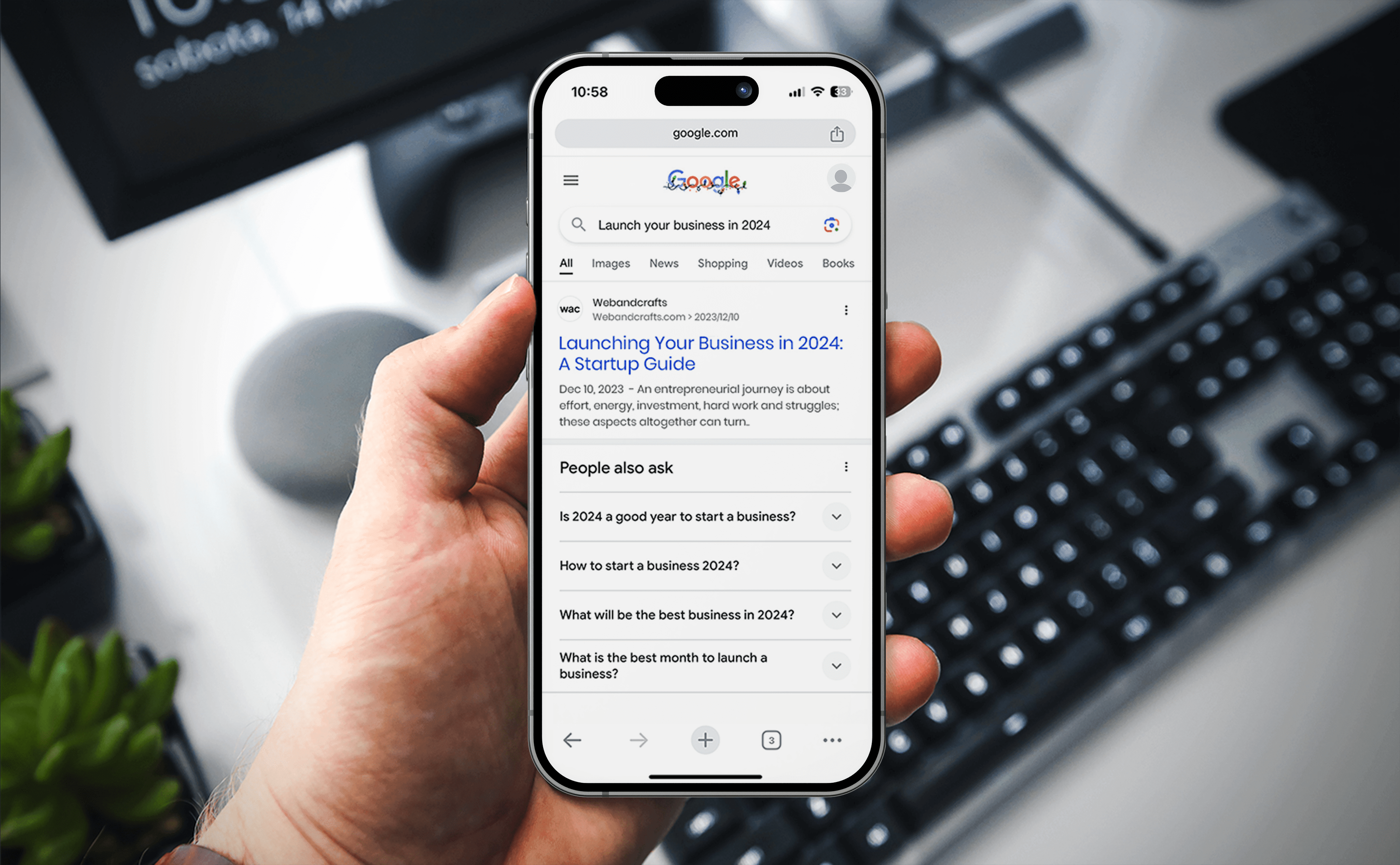Unveiling the Future of AI and Automation in the Workplace: A Comprehensive Overview

The definition of the term ‘automation’ was once confined to the advanced processes of robot-driven manufacturing plants. Replacing human labour with fast and time-efficient machine labour is a prime example of business automation; however, automation in modern business scenarios is beyond this usual context.
AI and automation collaboration have taken over manual processes, thereby reducing human intervention for numerous tasks and helping the organisation function without flaws. According to a recent report, approximately 300 million jobs in the world could be exposed to automation, and generative AI could replace one-fourth of all work in the US.
With the capability of chatbots to develop content, automate processes, develop codes, frame strategies, and create visuals, AI takes the jobs of software experts, designers, marketers, developers, and business specialists to the next level. From a broader perspective, AI has emerged as a job influencer with the ease of doing business and operations.
Over 75% of companies are searching to adopt AI technology in the coming five years, says the Future of Jobs report that surveyed 803 companies across the globe. Co-bots manage work relationships by encouraging a diverse mix of artificial intelligence and human interference.
Let’s dive deep into the role of AI and automation in the future of work and understand how they create new dimensions in the modern workplace.
The Impact of AI and Automation on Specific Job Roles
AI chatbots have been in prevalence for quite some time; ChatGPT has grown incredibly popular since OpenAI made the chat research tool free. By investing 10 USD billion in OpenAI recently, Microsoft has paved the way for speculation that chatbots could help the search engine improve market share.
The most exciting part is that ChatGPT makes automating interactions and related tasks easier, more accessible, and faster. While it doesn’t completely replace jobs, it makes certain parts easier for human beings.
With AI and automation efficiency, businesses can depend on chatbots with inquiries, which add to the complexity based on the capability to:
- Handle various queries simultaneously
- Analyse the customers’ intent even when there are typos
- Recognise and respond in multiple languages
Let’s take a look at some examples:
- Marketing: ChatGPT is adept at writing high-level content based on the data available on the Internet. It can also refuse any query that offers a false promise. Marketers can logically use it to generate ideas for developing the content.
- Programming: The AI chatbot can fix broken codes, which eliminates the strenuous task of programmers. But it can’t replace programmers since we still require humans to create codes. ChatGPT demands many code examples to get trained and become smarter.
- Education: Another segment in which the bot excels is defining complex concepts, making it ideal for the learning process. ChatGPT can be an ideal tool that automates specific teaching tasks, like writing the lesson for an entry-level concept.
- HR professionals: In the world of human resources, the administrative workforce often spends a huge amount of time managing routine tasks and making job descriptions, which can be automated with AI solutions. For example, HR professionals use these automated tools to schedule interviews, manage onboarding-related paperwork, etc.
- Sales: AI-driven chatbots will augment sales activities due to the significance of interpersonal skills in developing relationships with the client. With chatbot support, sales professionals can streamline customer interactions, follow-ups, and management of larger client portfolios.
- Creatives: Content marketing services have become efficient with AI-powered writing tools where a simple keyword input gives you multiple options of results to choose from. Usually, creating content requires time for topic research, brainstorming and outline creation before actual content development. However, AI tools make the process easier, which makes writing the first draft smart and efficient.
The Benefits of AI and Automation for Businesses and Workers
The greatest advantage of using AI and ChatGPT automation in the workplace is improved productivity. Also, the use of automated tools like chatbots and software platforms can help humans get rid of monotonous and repetitive tasks, making the process more prompt.
Complete Tasks in a Short Time
A recent study says that ChatGPT was able to accomplish the office tasks in nearly half the actual time, i.e., only 17 minutes instead of 30 minutes. This is a great improvement compared to the conventional methods that administrative workers exercise. Through routine task automation like report generation or email drafting, the workforce can pay more attention to the strategic elements of their roles. With advanced algorithms that can seamlessly process information and generate responses according to context cues, you can save time and effort on routine tasks.
Higher Job Satisfaction
Tracking employee engagement is an inevitable tool where AI can help enhance employee satisfaction. Through monitoring the engagement levels of employees and finding those who are not satisfied with the workplace, you can make an action plan to deal with the situation. Similarly, integration of ChatGPT into the white-collar work ecosystem can release the burden of performing repetitive tasks.
Minimised Errors
AI tools like ChatGPT help reduce human errors in document creation, data entry, and customer service through relevant suggestions and information that rely on historical patterns and user-fed input.
Improved Collaboration
By streamlining the communication processes with the chatbot interfaces, team members can engage in smart collaboration to accomplish common goals. This is specifically beneficial for remote teams, which depend highly on digital platforms for collaboration.
Automation of Routine Tasks
A simple topic or keyword phrase can help AI tools suggest multiple titles you can use for the context provided. Also, while trying to come up with novel ideas, these come in handy since you get a list of topics in the concerned niche to get inspiration for developing content.
Other AI-Centric Tools Dominating the Business Ecosystem
AI-triggered market automation software: Marketing automation software makes jobs easier with assistance in summarising information, content translation, support in decision making and effective management of often-asked queries. It offers the following:
- Streamlining targeting and segmenting techniques to analyse the right audience promptly.
- Automatically tailored messaging to customers and leads as per the profile.
- Developing relevant and personalised messages across mobile, email, web experiences, and social media with great efficiency.
- Delivering personalised customer experiences and nurturing leads at every stage of the journey effectively.
Generative artificial intelligence: ChatGPT's chatbot phenomenon has dominated a variety of industries, including those in the fields of finance, technology, and healthcare. The latest version of GPT, called GPT-4, has greatly impressed users with its potential to build websites using simple sketches that make developers’ lives easy without needing extensive coding capabilities.
While you can automate most processes in the workplace, jobs that demand creativity and critical thinking are least likely to be impacted. For instance, financial analysts may use AI tools to support their investment decisions; however, it will still depend on their own thinking and expertise to come up with the final recommendations.
Though AI-triggered chatbots can automate various jobs, it’s necessary to understand that they don’t completely replace human workers. In fact, these tools can improve efficiency and productivity in specific roles when used appropriately.
To stay ahead of the competition, businesses should stay proactive in understanding which roles could take advantage of AI and automation innovation and invest in training activities to let the workforce develop new skills with technological evolution.
Four Key Points to Consider Regarding Workplace Automation
- Training Aspects:
To ensure that automated systems run efficiently, your workforce might need to gain new skills. New business workflows could also impact various processes and teams, which necessitates more training across the organisation. Documenting new workflows and tools and having a mandatory training programme to orient teams for new policies can keep the systems operating well.
- Initial Costs:
While digitally transforming the organisation, it’s necessary to understand the costs involved, licensing, and investments required to stay aligned with the newest technologies you need to adopt for the business. While taking care of the long-term ROI of making new technological investments, the organisation must also make sure that it supports their long-term business goals.
- Flexibility Concerns:
Unless significant effort is put into creating automated workflows for the organisation, customisation and software integration can get confined to specific tasks and use cases. To ensure high flexibility, encourage integrations with software providers and platforms using open APIs. This can offer greater customisation options and the potential to integrate with various other services as your requirements take higher steps.
- Additional Security:
Adding new software, workflows, and applications can open up the space for potential vulnerabilities in your business networks. Since businesses have adopted a hybrid work model, the possibilities of cybersecurity attacks have risen to an alarming level. With the help of a cybersecurity service provider, you can get cybersecurity solutions that protect your organisation’s devices, platforms, applications, and network users.
Moving Towards the Future of Work With AI and Automation
AI and automation have dominated the market, with more businesses and industries adopting these new technologies. By harnessing Natural Language Processing (NLP) and Machine Learning (ML), AI automation enables systems to adapt and learn from the new data, which eventually improves performance. As a result, businesses can gain high-end productivity, greater response times, and exceptional customer experiences. As AI-driven processes eliminate mundane tasks, human employees can engage in complex problem-solving, emotional intelligence-driven processes, and other core duties to make the job easier than ever.
- Top 20 Advantages and Disadvantages of Social Media
- Top Advantages, Disadvantages and Limitations of Ecommerce - A Complete Guide
- Top 20 Advantages and Disadvantages of Digital Marketing
- Scope of eCommerce: The Future of Online Shopping in India
- Top 11 Advantages and Disadvantages of RDBMS You Should Know
Discover Digital Transformation
Please feel free to share your thoughts and we can discuss it over a cup of tea.



